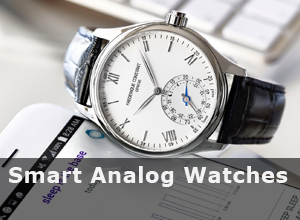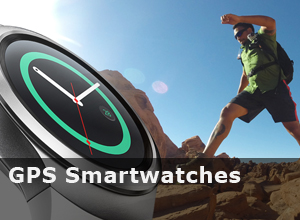This is actually more of a demo than a review, but it was a substantial enough demo to see what the Glyph is capable of… It didn’t disappoint.
Back in January 2015 the Avegant Glyph raised over $1.5 million on Kickstarter, then just under a year later, first editions started shipping to the 3,331 crowdfunders who backed the campaign.
The Avegant Glyph caters for a niche somewhere between a regular screen and a VR headset. The patented, Retinal Imaging Technology inside the Avegant Glyph uses around two million micro mirrors to scale images, reflect light and safely project high-quality images. That’s a lot of mirrors!
The Avegant Glyph has been optimized for comfort and minimal fatigue on the eyes and brain after long periods of use. Admittedly I haven’t worn it for full length feature, but pretty quickly got the gist that it’s comfortable and feels light, plus slippage down the nose didn’t occur like some other headsets.
It’s quick and easy to adjust the focus to suit your eyes using the sliders on top of the headset. The Glyph display is 1280 x 720p per eye and brings crisp and clear images with vivid colors and plenty of brightness. The display size is the equivalent of 58-inch screen from a distance of 10 feet.

You can either watch content in 2D or 3D. I’ve never really cared too much about 3D, but have to say the Avegant Glyph delivered life-like 3D extremely well. I can’t say that for all 3D content, but what I saw was impressive. It has a field of view (FOV) of 40-degrees. Avegant told us they have experimented with a wider FOV but they feel 40-degrees provides the optimum viewing experience, especially for long periods.
The Glyph supports 360-degree video and you can hook up your PS3, PS4, Xbox 360 and Xbox One for some up close and private gaming carnage. It also works with any PC game that’s compatible with NVIDIA’s 3D Vision and features a 9-axis motion sensor for head tracking which means you can use your head to aim in first-person shooters, or control your view in any game with mouse look.

If you’re into drone flying, the Glyph is gonna provide crystal clear FPV of the action, plus if you’re into drone racing, the Glyph’s zero lag time means the images are in sync with your reactions.
The Avegant Glyph doesn’t have any onboard storage, instead it relies on your connected media device: smartphone, tablet, laptop, console, casting device, etc. The Glyph uses MicroHDMI for video and audio input and you can also plug in a standard 3.5mm jack just for audio.
If you’re just wanting audio, you can wear the Glyph like regular pair of headphones, obviously chunkier than the average cans, but it still looks decent and offers high-quality cinematic audio with a frequency response of 20Hz-20kHz.
The Glyph’s 2060 mAH battery provides up to 4 hours of video playback and unlimited passive audio.
So where to use the Avegant Glyph? For me, I can’t see it getting too much use at home as I already have enough screens and speakers. The first thing that occurred to me after slipping the high-tech gadget onto my nugget was… I could “definitely” use this while kicking back on a plane or in a car (obviously not while driving).
I’ve tried a few personal wearable theatres, such as the Vuzix iWear 720, but nothing anywhere near as good as the Avegant Glyph.
The Glyph is available at Avegant.com for $399 USD (at the time of writing). A selection of carry cases are also available, plus adapter cables and a Mad Catz Bluetooth controller for gaming.





































Leave A Comment